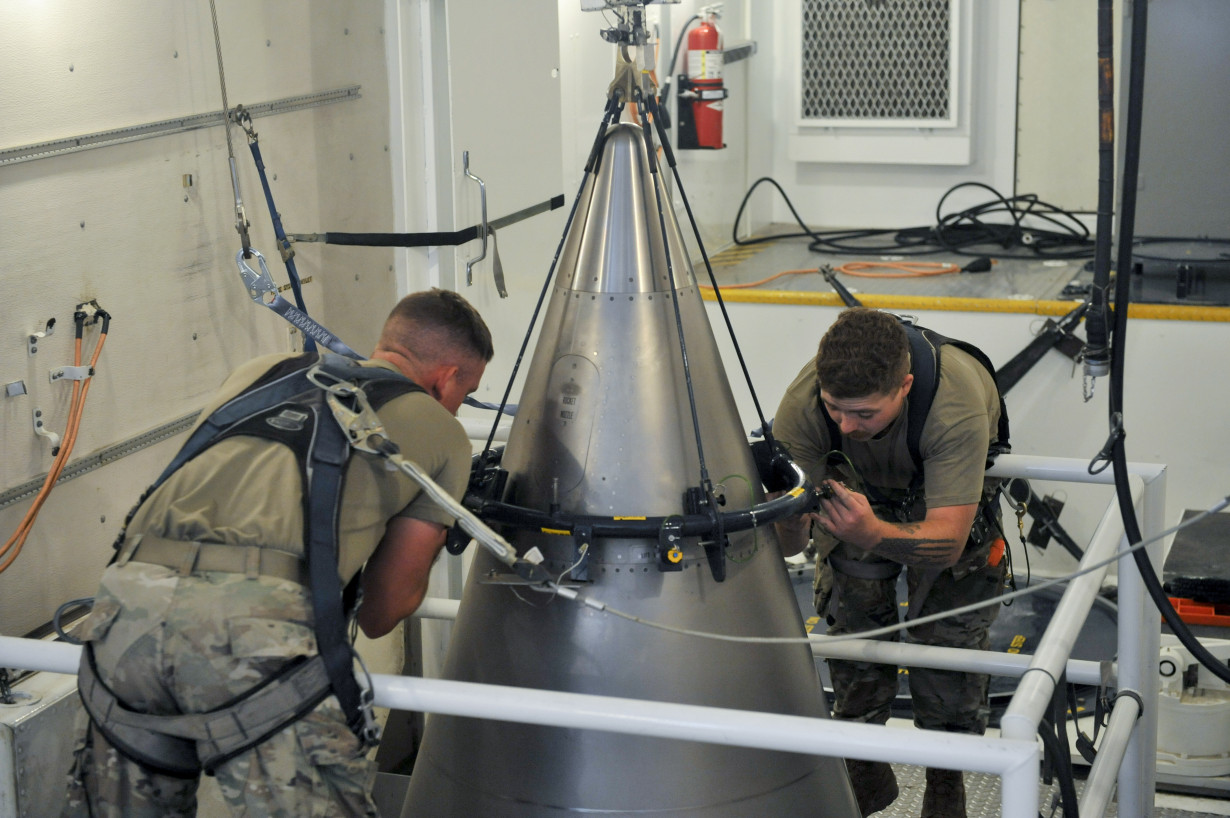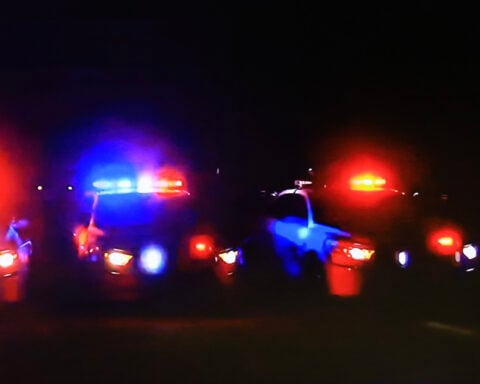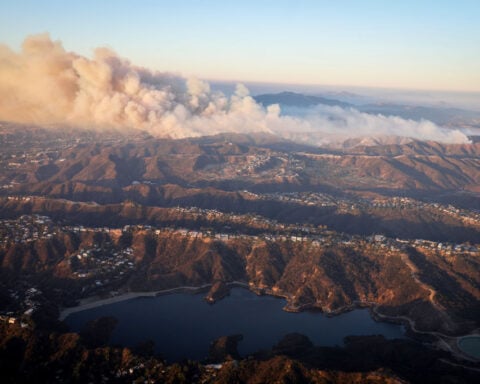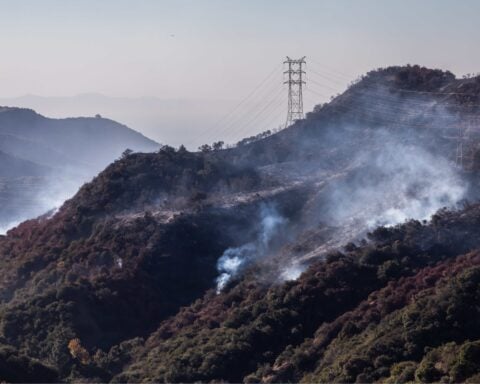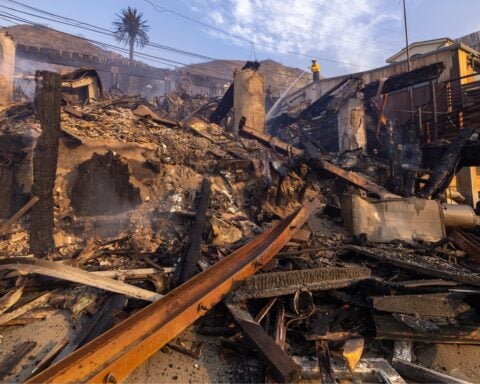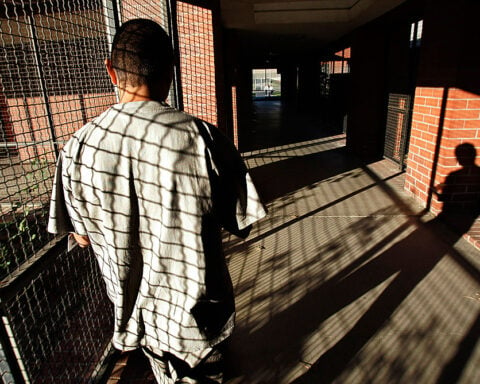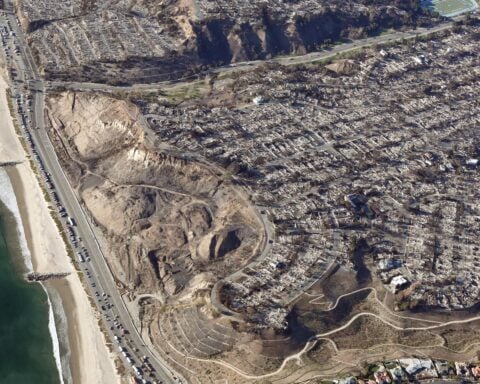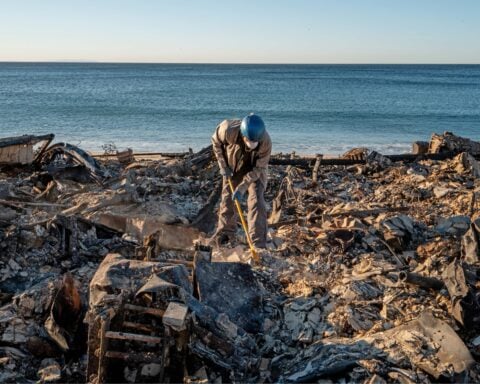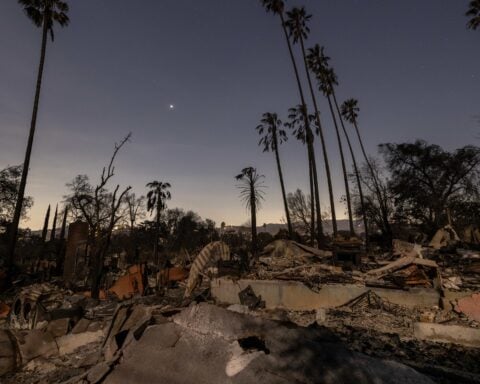KANSAS CITY NATIONAL SECURITY CAMPUS, Mo. (AP) — The U.S. will spend more than $750 billion over the next decade to revamp nearly every part of its aging nuclear defenses. Officials say they simply can't wait any longer — some systems and parts are more than 50 years old.
For now, it's up to young military troops and government technicians across the U.S. to maintain the existing bombs and related components. The jobs are exacting and often require a deft touch. That's because many of the maintenance tasks must be performed by hand.
The Associated Press was granted rare access to nuclear missile bases and weapons production facilities to see how technicians keep the arsenal working while starting the government's biggest nuclear overhaul since the Cold War.
This is how they do it and who they are:
Because the U.S. no longer conducts explosive nuclear tests, scientists are not exactly sure how aging warhead plutonium cores affect detonation. For more common parts, like the plastics and metals and wiring inside each detonator, there are also questions about how the years spent in warheads might affect their integrity.
So workers at the nation's nuclear labs and production sites spend a lot of time stressing and testing parts to make sure they're safe. At the Energy Department’s Kansas City National Security Campus, where warheads are maintained and made, technicians put components through endless tests. They heat weapons parts to extreme temperatures, drop them at speeds simulating a plane crash, shoot them at high velocity out of testing guns and rattle and shake them for hours on end. The tests are meant to simulate real world scenarios — from hurtling toward a target to being carted in an Air Force truck over a long, rutty road.
Technicians at the Los Alamos National Lab conduct similar evaluations, putting plutonium under extreme stress, heat and pressure to ensure it is stable enough to blow up as intended. Just like the technicians in Kansas City, the ones in Los Alamos closely examine the tested parts and radioactive material to see if they caused any damage.
The lack of explosive tests — banned since the George H.W. Bush administration by an international treaty — has also meant that the scientists have been forced to rely on warhead designs that were created many decades ago.
That's because each of those original designs had been certified, and the best way to certify a weapon works as designed is to blow it up. Changing even one component introduces uncertainty.
Further complicating matters — because the weapons are so old — many of those original manufacturers and contractors have gone out of business. That has forced the nation's nuclear labs to reverse engineer old parts, such as a peroxide that was used to treat warhead parts, but is no longer in production. So lab technicians are working to reinvent it.
Re-engineering parts is getting easier with advances in computer-aided design and 3D printing. Kansas City technicians are experimenting with 3D printers to create some warhead parts, such as a micro-honeycombed, rubbery layer that will serve as a cushion for a warhead radar systems.
It's not unusual to see a 50-year-old warhead guarded or maintained by someone just out of high school, and ultimate custody of a nuclear weapon can fall on the shoulders of a service member who's just 23.
That is what happened on a recent afternoon in Montana at Malmstrom Air Force Base, where Senior Airman Jacob Deas signed a paper assuming responsibility for an almost 3,000-pound Minuteman III intercontinental ballistic missile warhead, as it was lifted out of the Bravo-9 silo and escorted back to base for work.
A sea swell of government retirements has meant that experience level in the civilian nuclear workforce has shifted dramatically. At the Kansas City campus, for example, just about 6% of the workforce has been there 30 years or more — and over 60% has been at the facility for five years or less.
That change has meant more women have joined the workforce, too. In the cavernous hallways between Kansas City's secured warhead workrooms are green and white nursing pods with a greeting: “Welcome mothers."
At Los Alamos, workers' uniform allowance now covers sports bras. Why? Because underwire bras were not compatible with the secured facilities' many layers of metal detection and radiation monitoring.
___
The Associated Press receives support for nuclear security coverage from the Carnegie Corporation of New York and Outrider Foundation. The AP is solely responsible for all content. Del Wilber is the Washington investigations editor for the AP.

 Biden promised to turn the page on Trump. Now he's being replaced by him
Biden promised to turn the page on Trump. Now he's being replaced by him
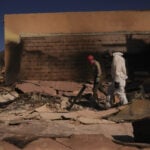 Firefighters prepare for increasing gusts following brief reprieve for LA area
Firefighters prepare for increasing gusts following brief reprieve for LA area
 John Ratcliffe, tapped by Trump to lead the CIA, will face questioning in the Senate
John Ratcliffe, tapped by Trump to lead the CIA, will face questioning in the Senate
 Nippon Steel wants to work with Trump administration on US Steel deal, Mori tells WSJ
Nippon Steel wants to work with Trump administration on US Steel deal, Mori tells WSJ
 After cable damage, Taiwan to step up surveillance of flag of convenience ships
After cable damage, Taiwan to step up surveillance of flag of convenience ships
 BOJ will raise rates if economy, price conditions continue to improve, Ueda says
BOJ will raise rates if economy, price conditions continue to improve, Ueda says
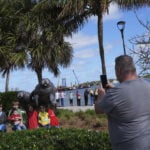 Manatees congregate in warm waters near power plants as US winter storms graze Florida
Manatees congregate in warm waters near power plants as US winter storms graze Florida
 AAPI adults prioritize immigration, but split on mass deportations: AP-NORC/AAPI Data poll
AAPI adults prioritize immigration, but split on mass deportations: AP-NORC/AAPI Data poll
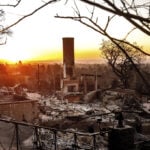 As Los Angeles burns, Hollywood's Oscar season turns into a pledge drive
As Los Angeles burns, Hollywood's Oscar season turns into a pledge drive
 As fires ravage Los Angeles, Tiger Woods isn't sure what will happen with Riviera tournament
As fires ravage Los Angeles, Tiger Woods isn't sure what will happen with Riviera tournament
 Antetokounmpo gets 50th career triple-double as Bucks win 130-115 to end Kings' 7-game win streak
Antetokounmpo gets 50th career triple-double as Bucks win 130-115 to end Kings' 7-game win streak
